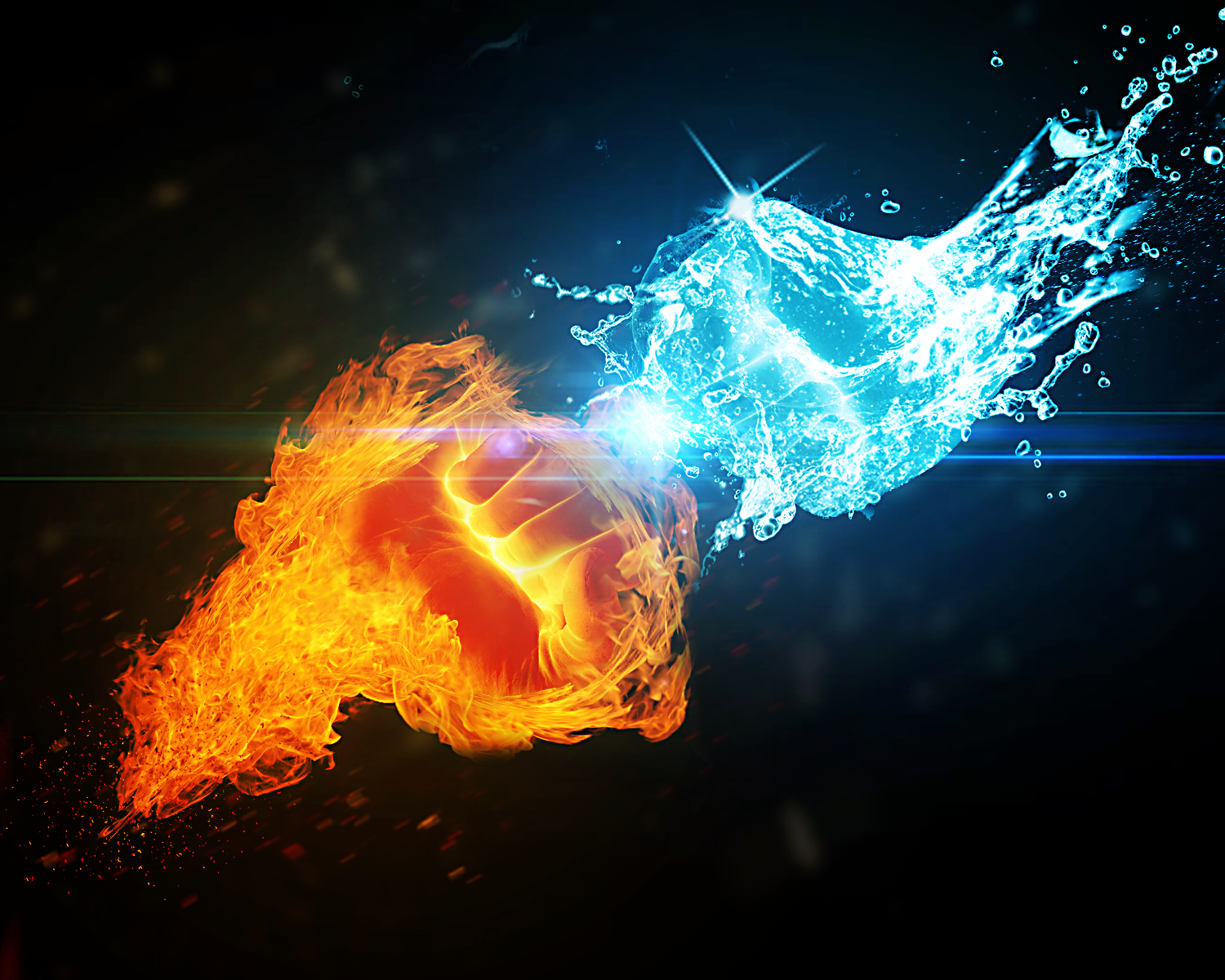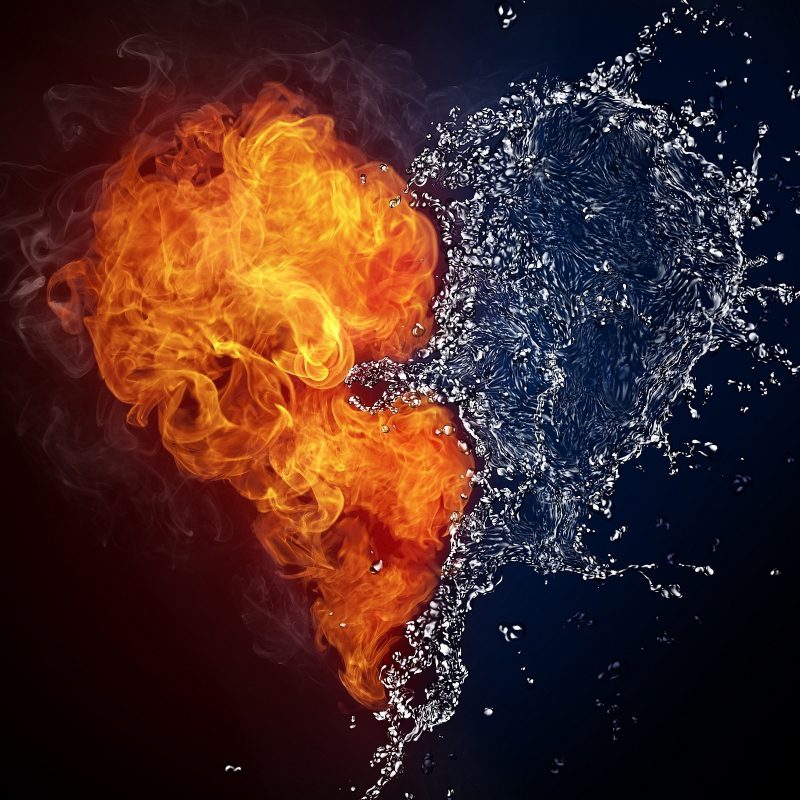

The next step in the process is instrumentation.

“By researching and condensing the data, we hope to predict pipeline behavior more accurately moving forward.” “By looking at the available databases, we see the past pipeline failures and can likely determine why they occurred,” said Korlapati. The researchers are developing a Bayesian framework that can foresee pipeline failure based on analyzing past incidents and variables such as structure, installation methods and materials. We want to use the available data to create tools that predict failure but also make it easier to determine and report.” Small leaks often go undiscovered or unreported. If there’s a leak, we can only know if it is reported to the government. “Some are over 50 years old, and they were designed with different design codes without proper maintenance. “Unfortunately, many pipelines are not checked for corrosion because they span millions of miles,” said Mirza. Allowing for differentiation creates issues there are hundreds of reasons a pipeline can fail, dependent on the characteristics of that specific system.
#Ocean on fire how to#
In addition, many offshore systems were built decades ago without strict guidelines set in place for how to safely build structures that can withstand the test of time. However, despite being the industry standard in many countries, flexible pipelines fail frequently due to their limited design that is comparative to that of a rubber and steel hose-like complex structure. In contrast, flexible pipelines are relatively easier and cheaper to install, but difficult to maintain. There are also many variables to consider when dissecting pipeline systems, such as differing installation processes, diameter and thickness of a pipeline, aging in hardware and materials failure.įor instance, rigid pipelines are often made of carbon steel and are stiff and hard to install.

Subsea engineers battle harsh, corroding marine environments, as well as corrosive fluids that flow inside the pipeline, leaving pipelines extremely susceptible to damage. Additionally, they would like to apply machine-learning techniques to create instruments that can effectively detect potential failures. Mirza and doctoral student Naga Venkata Saidileep Korlapati are working with Faisal Khan, professor in the Artie McFerrin Department of Chemical Engineering and director of the Mary Kay O’Connor Process Safety Center (MKOPSC), and Noor Quddus, assistant research engineer in the MKOCPS, to develop Bayesian networks capable of predicting pipeline failure. “There are ways to safely build and maintain these systems that researchers like myself are actively pursuing.” “As an engineer, we are focused on the corrosion and material failure of pipelines,” said Saadat Mirza, professor of practice in the Subsea Engineering program through the Department of Multidisciplinary Engineering at Texas A&M University. The initial leak is cause for concern, and the failure of underwater pipeline systems in offshore locations has been a topic of discussion among engineers for decades. On July 2, a fluorescent vortex illuminated the water’s surface. At an offshore oil and gas rig, a corroded pipe likely leaked, causing gas to bubble to the surface and ignite.


 0 kommentar(er)
0 kommentar(er)
